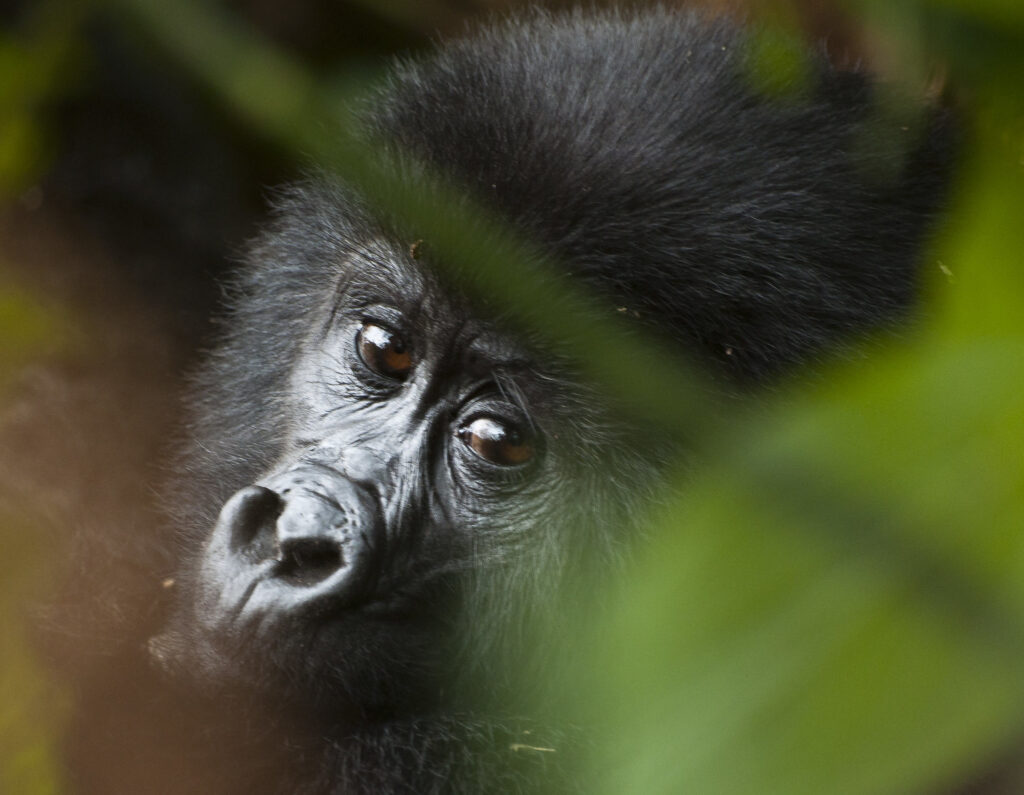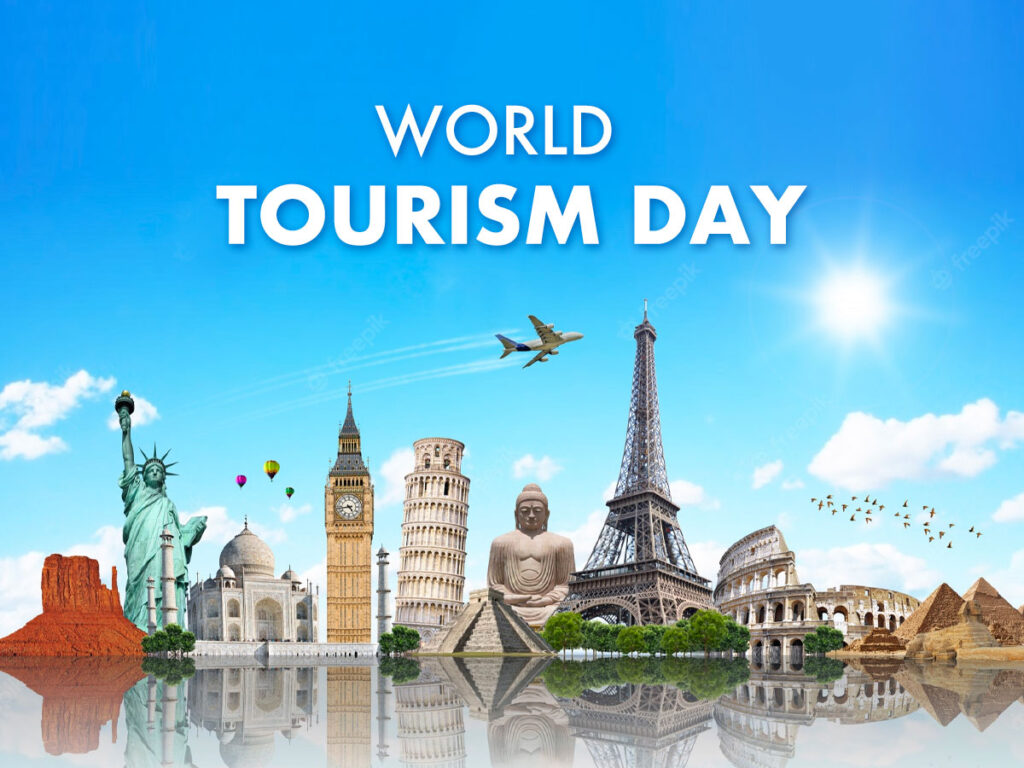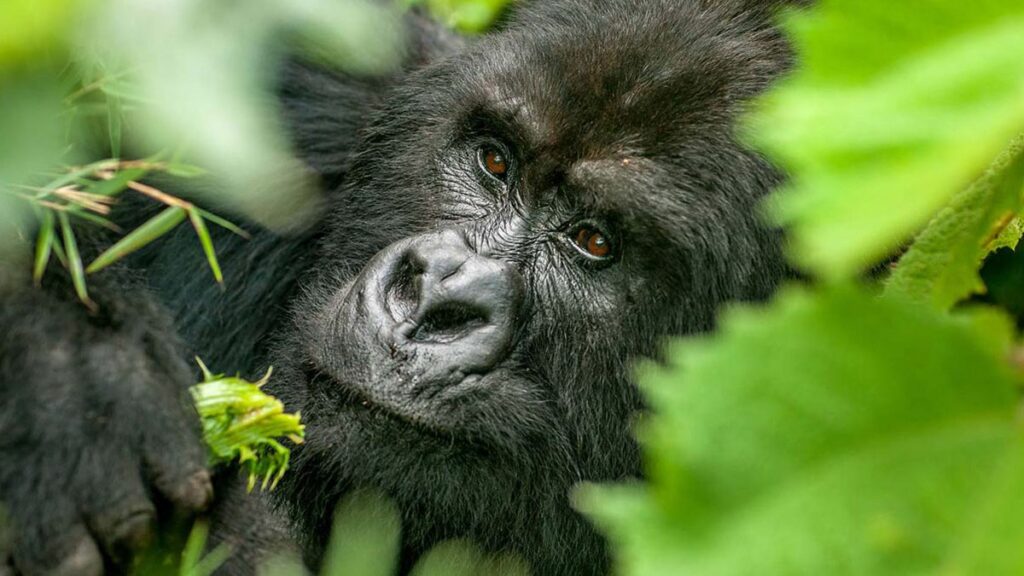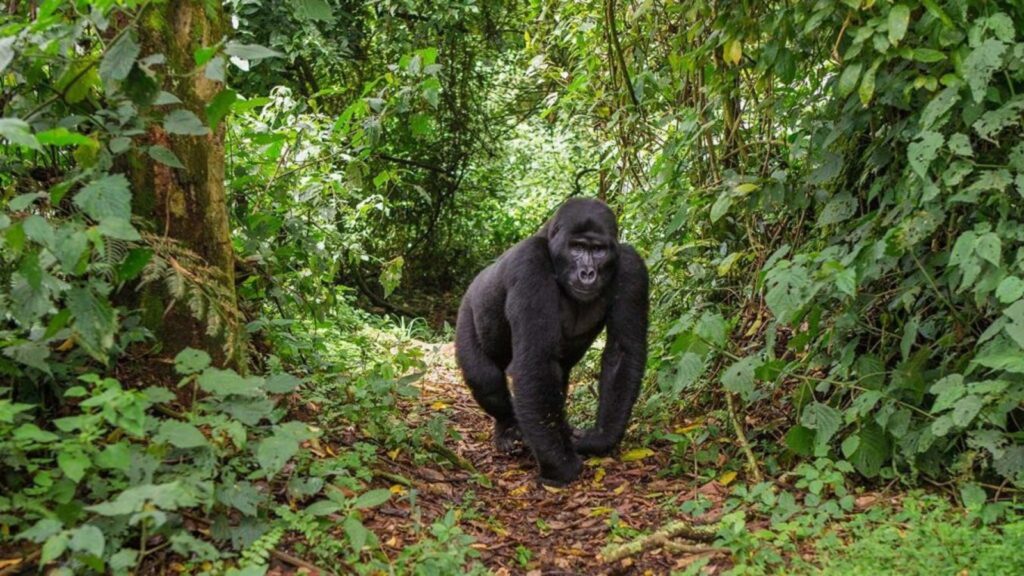Africa’s Decreasing Elephant Population—Challenges and Conservation Efforts
Africa elephant population decline. Elephants are among Africa’s most iconic species, symbolizing strength, intelligence, and the continent’s rich wildlife heritage. Yet, their numbers are rapidly decreasing due to human activities. Across Africa, both African bush elephants and forest elephants face threats that jeopardize their survival and the ecosystems they help maintain.
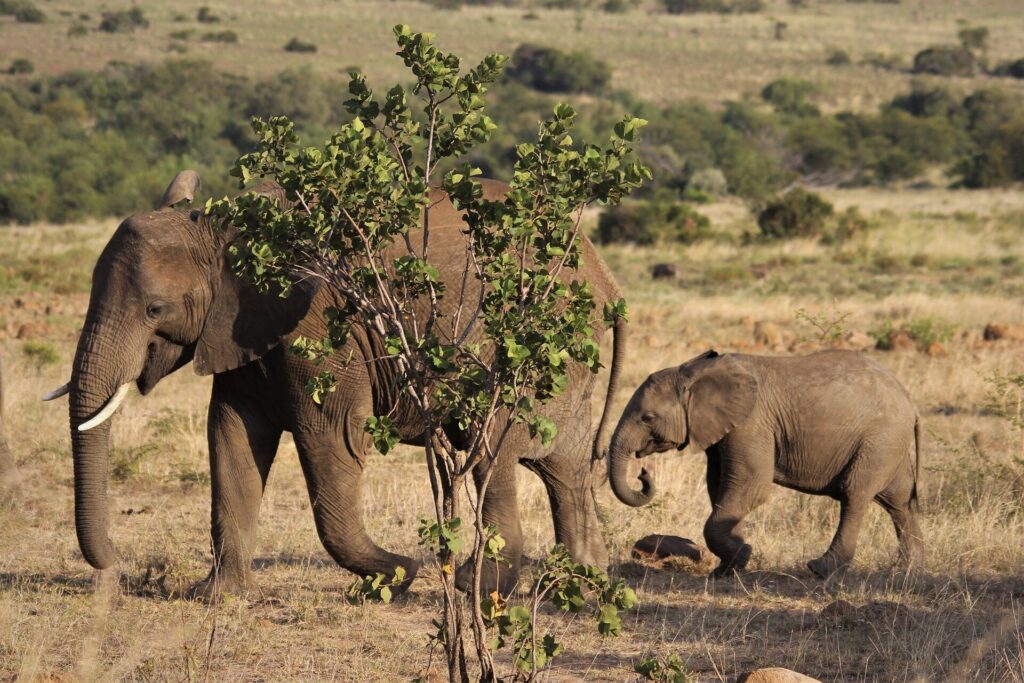
Causes of the Decline
-
Poaching for Ivory
Illegal ivory trade remains the most significant threat. Despite international bans, poachers continue to target elephants for their tusks, supplying high-demand markets abroad. Even small-scale poaching can devastate local populations, particularly when breeding adults are killed.
-
Habitat Loss
Expanding agriculture, urbanization, and infrastructure development fragment elephant habitats. Reduced access to water and food sources forces elephants into human settlements, increasing conflict with communities and sometimes resulting in retaliatory killings.
-
Human-Wildlife Conflict
As human populations grow near elephant ranges, elephants raid crops, damage property, and occasionally injure people. Farmers and villagers sometimes resort to lethal methods to protect their livelihoods, further reducing elephant numbers.
-
Climate Change
Changing rainfall patterns and prolonged droughts affect water availability and vegetation growth, making survival harder for elephants. Food scarcity can lower reproduction rates and increase mortality, especially among calves.
Impacts of Elephant Population Decline
Elephants are keystone species, meaning their presence supports entire ecosystems. Their decline affects:
- Vegetation and forest structure: Elephants disperse seeds and create clearings that allow diverse plant species to grow.
- Other wildlife: Species that rely on open areas created by elephants may face habitat loss.
- Tourism economies: Fewer elephants can reduce safari appeal, impacting local and national economies.
Conservation Efforts
-
Anti-Poaching Initiatives
Rangers, drones, and advanced tracking systems help prevent poaching in protected areas. Community-based patrols also involve locals in protecting elephants while providing alternative livelihoods.
-
Habitat Protection and Corridors
Governments and NGOs work to protect large habitats and establish wildlife corridors, allowing elephants to migrate safely between parks and reserves without entering human settlements.
-
Community Engagement
Programs that compensate farmers for crop damage, provide alternative income, or involve communities in tourism help reduce human-elephant conflicts. When people benefit from elephant conservation, they are more likely to protect them.
-
Legal Measures and Awareness Campaigns
International laws like CITES regulate ivory trade, while awareness campaigns educate the public about the consequences of poaching and the importance of elephant conservation.
Conclusion
Africa’s elephants are facing unprecedented challenges, from poaching and habitat loss to climate change and human conflict. Protecting these majestic animals requires coordinated global and local efforts, sustainable tourism, and community participation. By supporting conservation initiatives and responsible tourism, we can ensure that future generations continue to experience the awe-inspiring presence of elephants in Africa’s wild landscapes.

